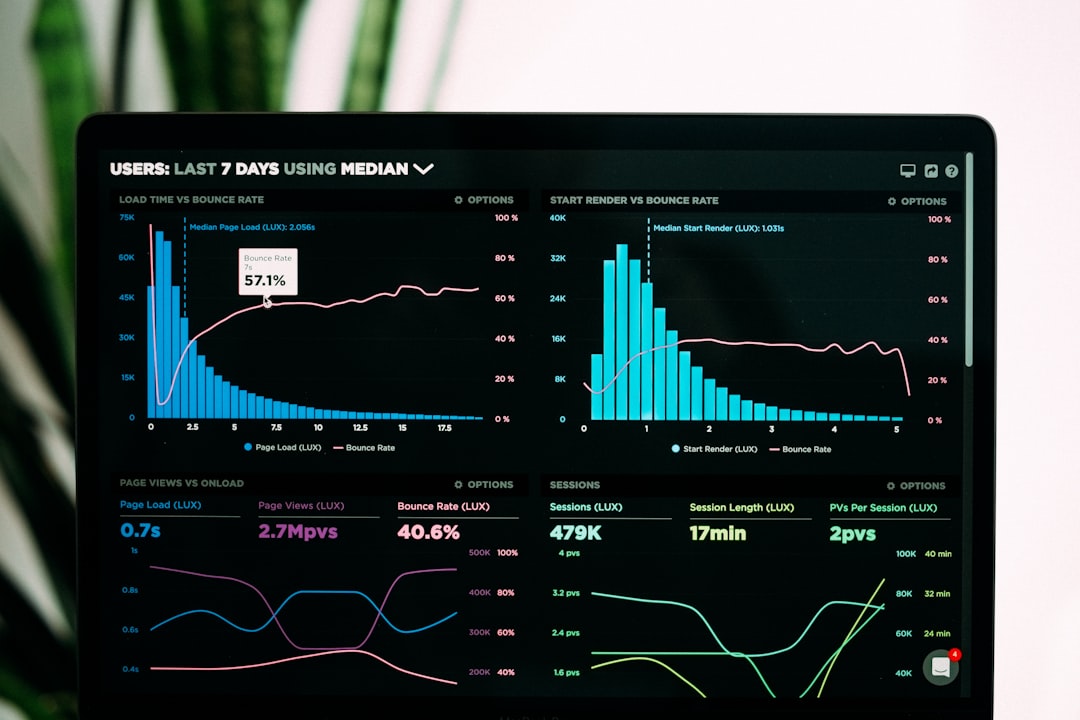
Understanding Economic Reports: A Guide to Interpretation
### Introduction. In our fast-paced financial environment, the ability to interpret economic reports is crucial for both professionals and casual observers. Economic reports provide insights that can influence investment strategies, government policies, and public opinion. This guide will break down important aspects that help in interpreting these reports effectively, making the process more accessible and useful. ### Understanding Economic Indicators. Economic indicators are statistics that represent the economic performance and health of a country. These indicators fall into three main categories: leading, lagging, and coincident indicators. Leading indicators, like stock market performance, predict future economic activity. Lagging indicators, such as unemployment rates, confirm trends. Concurrent indicators, such as GDP growth, occur in real-time with the economy's performance. Understanding these categories can help you gauge where the economy may be headed based on the indicators being reported. ### Common Economic Reports and Their Significance. Some of the most prominent economic reports include the Gross Domestic Product (GDP) report, the Employment Situation report, and the Consumer Price Index (CPI). The GDP report measures the total economic output, giving insight into economic growth. The Employment Situation report indicates employment trends and wage growth, essential for understanding labor market conditions. The CPI measures inflation by tracking price changes in a basket of goods, which is vital for monetary policy decisions. Familiarizing yourself with these reports and their implications can sharpen your interpretive skills significantly. ### Key Components to Analyze in Reports. When receiving an economic report, focus on specific components such as the headline figures, revisions to previous data, and any accompanying commentary. Headline figures can quickly summarize performance but can be misleading without context. Revisions often adjust previous readings, indicating ongoing changes in the economic landscape. The accompanying commentary usually highlights the context and interpretation from economists and analysts, giving you additional layers of understanding. ### Trends versus One-off Events. It's imperative to differentiate between ongoing trends and one-off events reported in economic data. For instance, a sudden spike in unemployment may be alarming but could be short-lived if it coincides with seasonal employment patterns. Analyzing trends over several months or years can provide a clearer picture of economic health. Relying on multiple data points and looking for patterns can prevent misinterpretation driven by temporary fluctuations. ### Comparing Reports Across Time and Regions. Comparing current reports with historical data and similar reports from other regions can enhance your understanding. For instance, a country's economic report might show improvement, but it could be underperforming compared to a neighboring country or historical performance. Cross-referencing data from various time frames or geographical locations aids in setting realistic expectations and better decision-making. ### Practical Applications of Economic Report Interpretation. Understanding economic reports is essential beyond just academic interest. Investors can use the information to make informed decisions about where to allocate resources. Businesses can predict sales trends, adjust budgets, or evaluate expansion strategies based on economic health. Additionally, policymakers use these reports to craft legislation that addresses economic needs, making it critical to comprehend the reports' implications. ### Conclusion. In conclusion, the ability to interpret economic reports is vital for anyone interested in economic health. By understanding economic indicators, familiarizing yourself with common reports, and sharpening your analytical skills, you can make informed decisions based on the data presented. Regularly reviewing these reports can also provide insights into your economic environment, aiding in personal and professional planning even as conditions change. The better you become at interpreting these reports, the more empowered you will feel in making decisions based on the economic landscape. .









